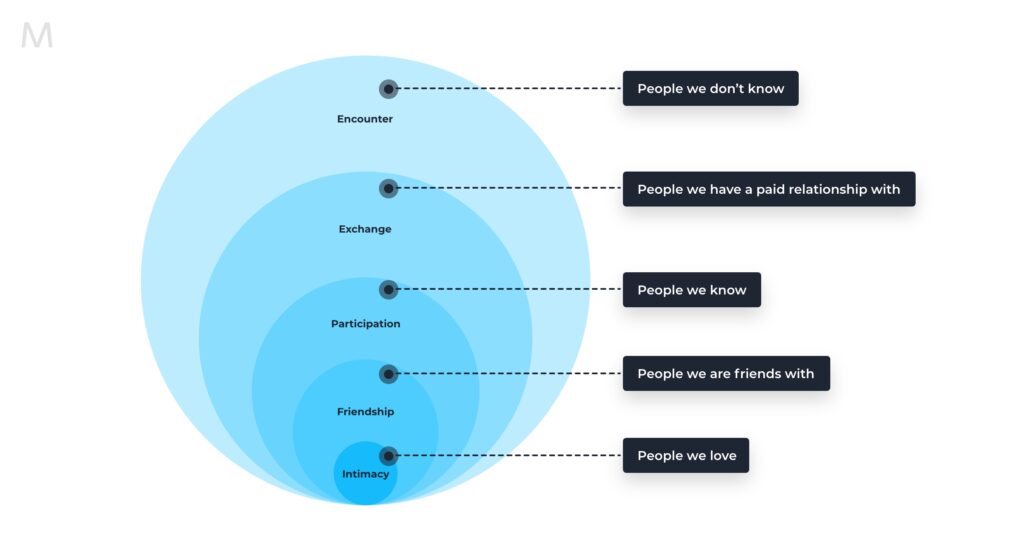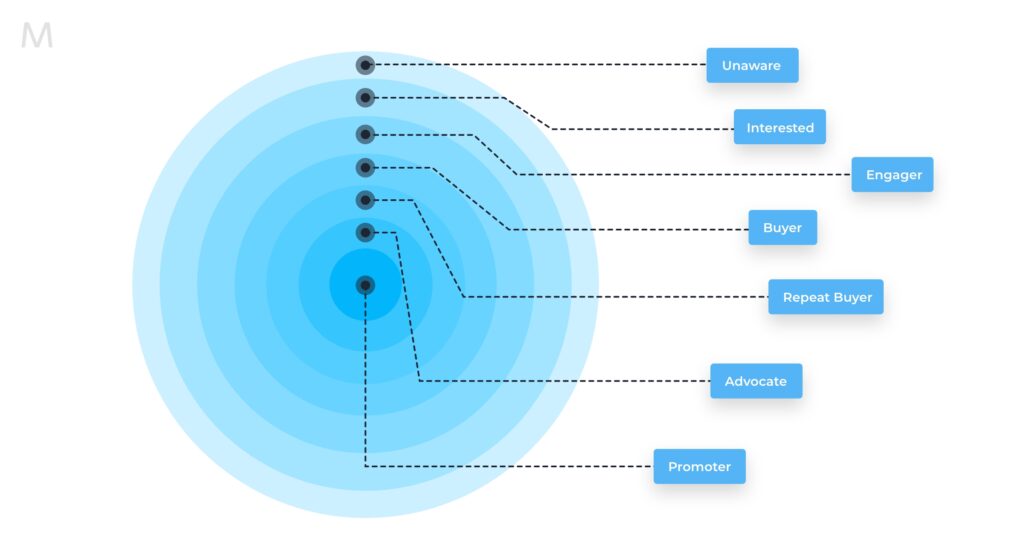Are you an email marketer looking for some extra tips and pointers to move your emails from good to great?
Or maybe you have your own service agency and you’re looking for ideas on how to teach your clients how they can get better at email marketing.
Or maybe you don’t know anything about email marketing…and you want to learn.
Either way, this blog post will help you! Regardless of who you are or your level of experience, we promise: you’ll come away with practical tips on how to get started and how to get better. Keep reading!
First of all, let’s make sure that we’re all on the same page. Let’s understand what email marketing is not. Email marketing is not hard selling. And it’s not fake scams. Email marketing circles around relationships.
Think about it – why do you write an email? You write an email because you want to communicate with someone that you have some type of relationship with. It may be a family relationship or a business relationship. This brings us to our first step.
Establish Trust
Relationships are built on trust. The first thing that your email has to do is establish trust between you and your reader.
Circles on Intimacy
Speaking of relationships, let’s take a look at the Circles of Intimacy – a concept introduced by an educator named David Moore. The Circles of Intimacy is Moore’s framework of human interpersonal relationships that’s taught to primary and secondary education teachers so that they can foster a safe environment for learning.

According to the Circles of Intimacy, every relationship starts with the outermost circle and then progresses towards the innermost. Each successive circle involves a greater and greater degree of intimacy. One exception is parents of course – that relationship starts in the very middle – in the innermost circle.
There are several key principles of the Circles of Intimacy framework:
1. Each circle has its own rules for conversation and conduct. There are rules for what a stranger is allowed to do and say. And these rules are different from the rules for what a mother or a father is allowed to do and say.
2. There are rules for transitioning from one circle to the next inner circle. Transitioning from a stranger to a friend has a specific set of rules. Transitioning from a friend to a loved one also has a specific set of rules – and they’re a different set of rules.
3. There is a natural progression over time when transitioning from one circle to the next. Attempting to transition from one circle to the next inner circle too quickly can cause a person to feel very uncomfortable.
Buyers’ Circles of Trust
The framework of the Circles of Intimacy applies in business as well. This is a version of the Circles of Intimacy from Manny Ju – our expert product consultant. He calls it the Buyers’ Circles of Trust.
Just like the Circles of Intimacy that we teach our educators, every business relationship follows a similar progression.

The outer-most circle of the Buyers’ Circles of Trust is someone who’s never heard of you before.
The next circle moving towards the center is someone who expresses an interest in your thought leadership. Maybe they’ve looked at your website when conducting a search on a particular topic. Maybe they’ve responded to your lead magnet.
Moving to the next inner circle is someone who wants to engage with you. This is someone who regularly views your blog posts on your website, or someone who has signed up for your newsletters so that they can continue to benefit from your thought leadership. Or maybe they’ve taken advantage of a free trial that you’re offering.
The next inner circle of the Buyers’ Circles of Trust is someone who’s actually made a purchase from you. These people have extended to you a level of trust to give you their hard-earned money in exchange for something they perceive of value from you.
And unfortunately, this is where most businesses stop in their marketing efforts. All they care about is acquiring new leads and new customers.
There are actually more inner circles in the Buyers’ Circles of Trust.
If you own a restaurant and I ask you: “Who’s your best customer?” You know what you’re going to say: “My best customer is my repeat customer.“
At the innermost circles are those people that have such confidence and trust in you that they’re willing to put their personal reputation on the line. These are your Advocates and your Promoters. These people write glowing testimonials about you, introduce their business associates, their friends, and their families to you. We all want to do business with these people, don’t we?
Every relationship takes work. Moving from one level of intimacy to the next inner level takes work. It’s that way in life and it’s that way in business.
And that’s where email marketing comes in. The role of email marketing is to move a person from one level of trust to the next inner level. That’s why, before you write a single word in your email, the very first thing you need to do is get clear on who you’re sending your email to. It will always be to people who are in one of these seven different circles of trust. What you’re allowed to say in your email depends upon which Circle of Trust your recipients are in. The reason why an email fails is because it’s asking for a greater level of trust than what the recipient is willing to give.
Now that we got this covered, you can confidently start building trust through your emails. Stay tuned for parts 2 and 3 of this article series to learn more about creating your best emails yet!
Need to chat about your email automation strategy?
More than 10,000 marketers use Maropost to engage with their prospects and customers through emails, SMS, social media and more. We’re here to help you grow your business!
Chat Now

